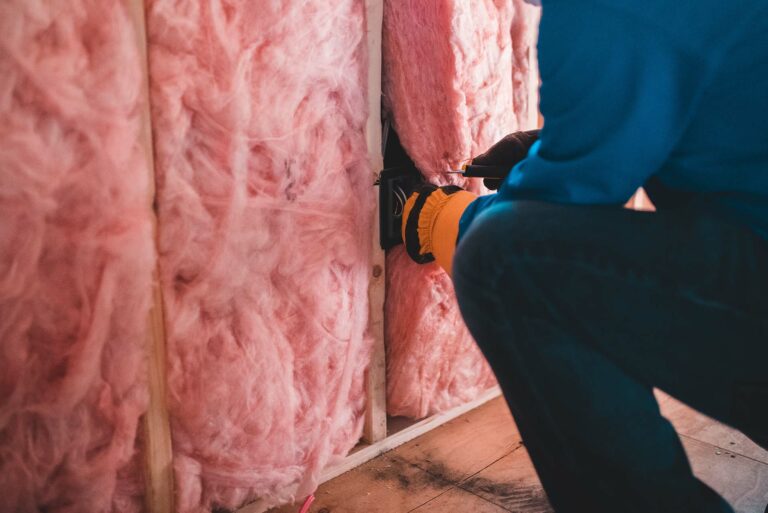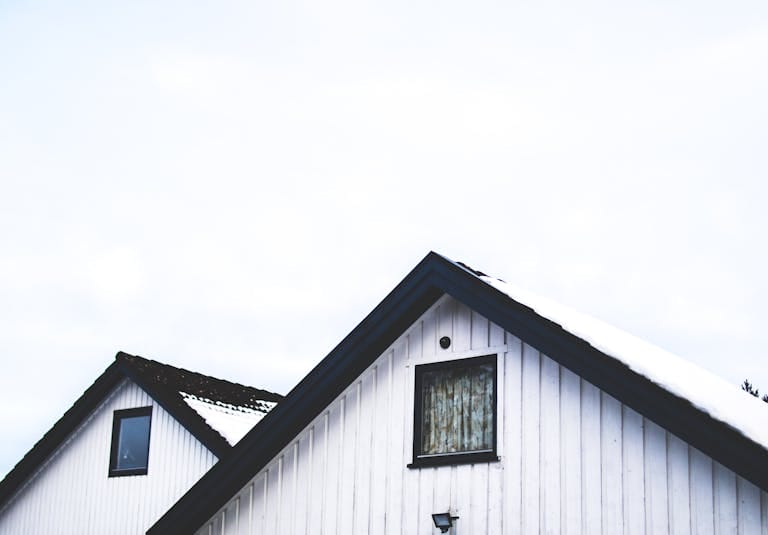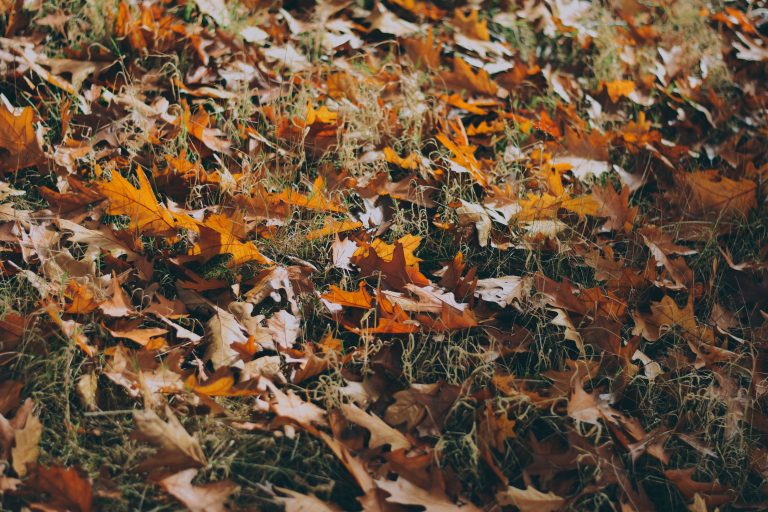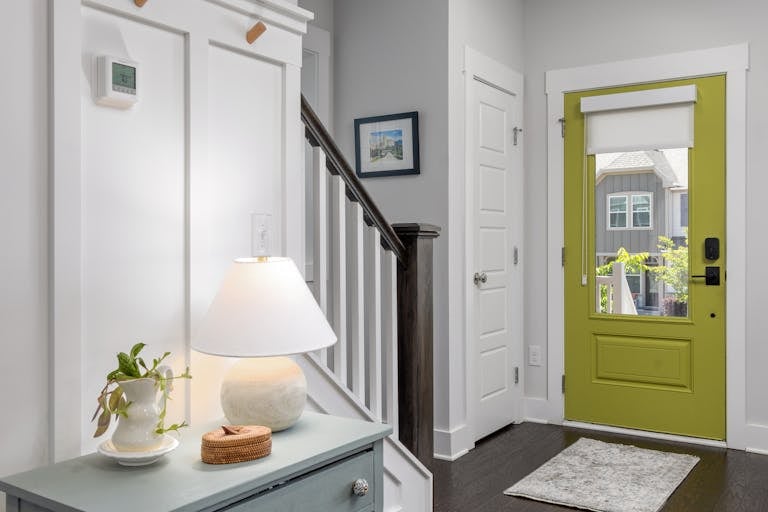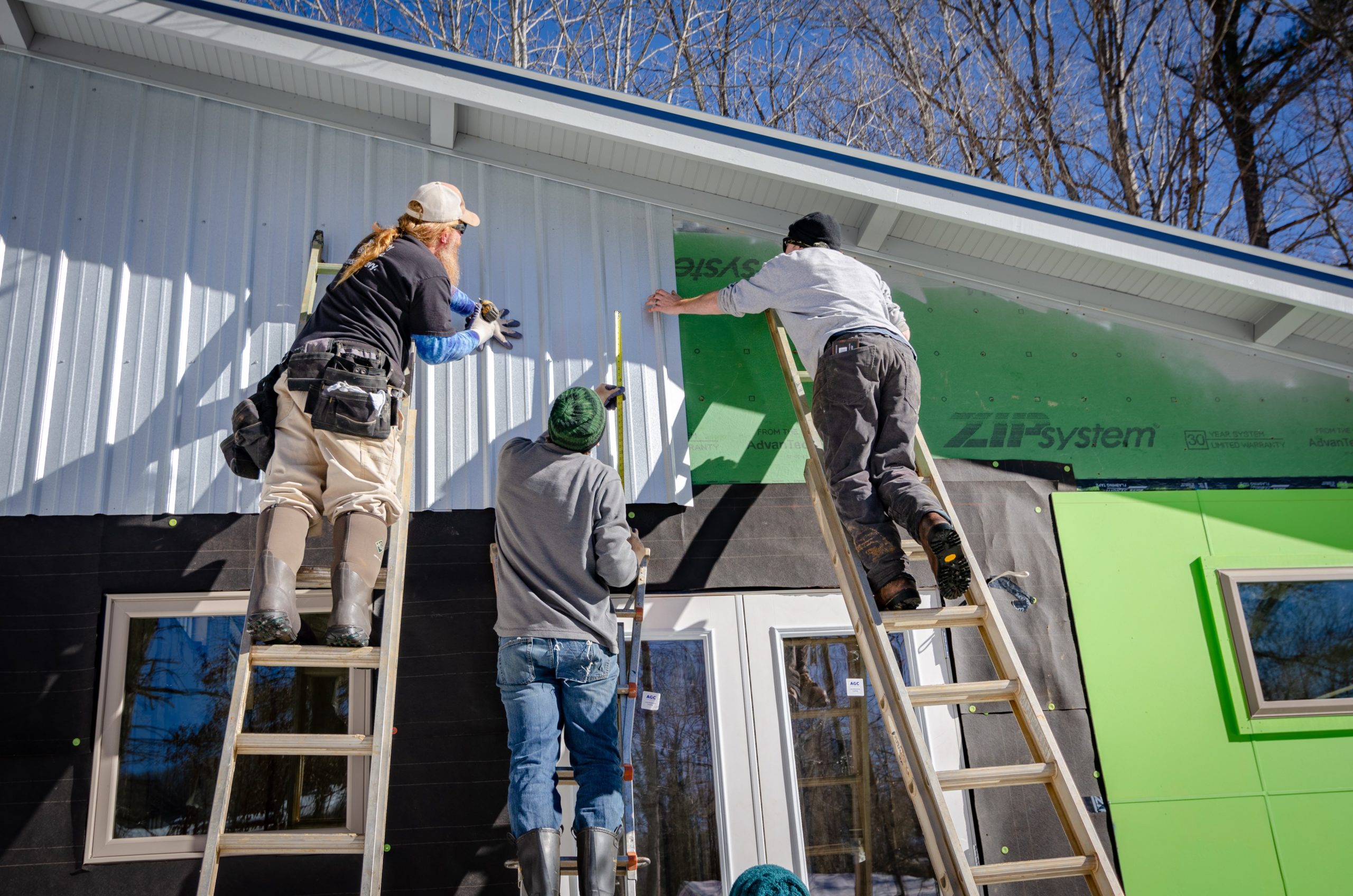
As a homeowner, taking care of your property and ensuring everything functions correctly is essential. One crucial aspect of maintaining a comfortable home is insulation. Insulation helps to regulate indoor temperatures, keeping your home warm in the winter and cool in the summer. However, insulation can wear out over time, losing effectiveness and causing energy costs to skyrocket. That’s why it’s essential to inspect your home’s insulation regularly.
This article will discuss what to look for when inspecting your home’s insulation. We’ll cover everything from signs of wear and tear to recommended R-values. By the end of this article, you’ll know how to identify any issues with your insulation and take action to resolve them.
Check for Drafts
Drafts are one of the most noticeable signs that your insulation needs attention. Drafts occur when gaps or holes in your insulation allow outdoor air to enter your home. You might feel cold spots or drafts near windows, doors, or walls. If you notice any inconsistencies in temperature, it’s time to inspect your insulation.
The first step is to check for any visible gaps or holes in your insulation. Inspect your attic and walls for any areas where insulation is missing or damaged. You can perform a DIY draft test if you can’t find any visible issues. On a windy day, light a candle and hold it near any suspected draft areas. If the flame flickers or goes out, you likely have a draft.
Look for Moisture
Moisture can significantly impact your insulation’s effectiveness, and wet insulation can lead to mold growth, a health hazard. Additionally, moisture can cause the insulation to lose shape and density, reducing its ability to regulate indoor temperatures. That’s why inspecting your insulation for signs of moisture is essential.
Inspect your attic and walls for water stains, mold, or mildew. If you notice any of these signs, it’s time to replace your insulation. Additionally, it’s essential to identify the source of the moisture and address that issue. Familiar sources of moisture include leaky roofs, plumbing issues, and poor ventilation.
Check for Pests
Pests such as rodents, squirrels, and insects can cause damage to your insulation. They can chew through the insulation, leaving holes and gaps that reduce effectiveness. Additionally, pests can leave droppings or nests, leading to health hazards. Inspect your insulation for damage if you notice any signs of pests, such as droppings or nests.
Inspect your attic and walls for any visible signs of pest damage. If you identify any issues, it’s essential to address them quickly. You can use traps or call an exterminator to get rid of pests. Additionally, it’s crucial to repair any damage to your insulation.
Look for Gaps
Gaps in your insulation can significantly impact its effectiveness. Insulation works by creating a barrier between indoor and outdoor temperatures. If there are gaps in that barrier, outdoor air can enter your home, reducing the insulation’s ability to keep your home comfortable.
Inspect your attic and walls for gaps or holes, especially around windows, doors, and electrical outlets. These areas are common places for gaps to occur. If you notice any gaps, you can use spray foam or caulk to seal them.
Check the R-Value
The R-value measures the insulation’s effectiveness at resisting heat flow. The higher the R-value, the better the insulation’s performance. The recommended R-value for your home depends on your region’s climate, and a higher R-value is recommended in colder climates to keep indoor temperatures comfortable.
Inspect your insulation’s R-value to ensure it meets your region’s recommended guidelines. If your insulation has a low R-value, it’s time to consider upgrading it. Adding more insulation to your attic or walls increases the R-value. Upgrading your insulation can save energy, reducing heating and cooling costs.
FAQs:
Q: Can I inspect my insulation or hire a professional?
A: You can inspect your insulation yourself, but it’s best to hire a professional if you need clarification. A professional insulation contractor can inspect more comprehensively and recommend repairs or upgrades.
Q: How often should I inspect my insulation?
A: Inspecting your insulation at least once a year is recommended. However, if you notice any wear or damage, you should inspect it immediately.
Q: What should I do if I identify issues with my insulation?
A: If you identify any issues with your insulation, such as gaps, moisture, or pests, it’s essential to address them quickly. You can repair gaps with spray foam or caulk, replace damaged insulation, and address moisture issues by identifying the source and making repairs.
Inspect Your Home’s Insulation and Save Money on Energy Costs!
Inspecting your home’s insulation is essential for maintaining a comfortable living environment and reducing energy costs. When inspecting your insulation, look for signs of wear and tear, moisture, pests, and gaps, and check the R-value. If you notice any issues, addressing them quickly is important to prevent further damage and maintain the insulation’s effectiveness. Inspecting your insulation regularly can lead to significant energy savings, making it a worthwhile investment in your home’s maintenance.


